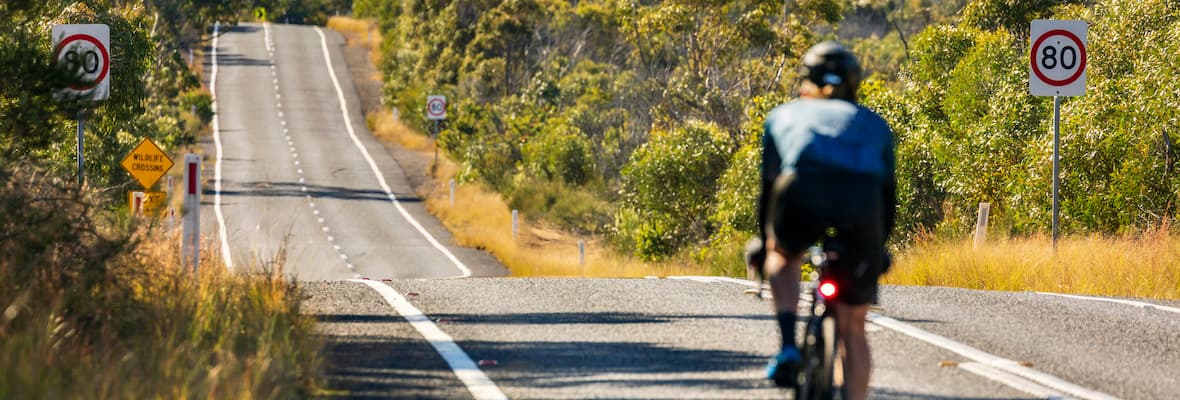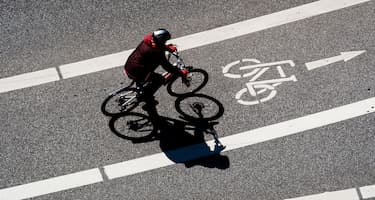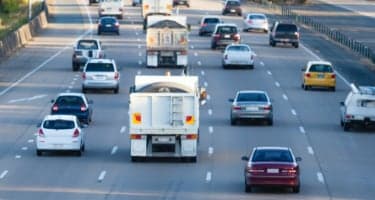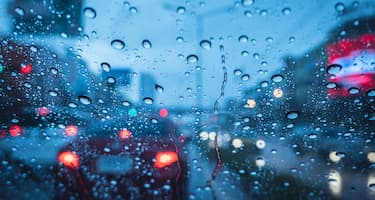Whether you travel by motor vehicle, motorbike, bicycle or on foot, we are all responsible for safely sharing the road with all motorists and non-motorists.
While drivers are protected by airbags, seatbelts, and the body of their car, cyclists and pedestrians are highly exposed, making them more susceptible to serious injuries and even road fatalities.
We’ve put together the following guide to show how you can safely share the road with all non-motorists.
What is a non-motorist?
According to the National Road Safety Strategy, a non-motorist, also known as a vulnerable road user (VRU) includes:[1]
Pedestrians
Cyclists
Children 7 years and under
The elderly
Users of personal mobility devices, such as e-scooters and e-bikes
In our latest road safety survey, more than 23% of respondents said motorbikes/mopeds were the most dangerous ways to travel on Australian roads. This was very closely followed by 22.5% of respondents who said bicycles were the most dangerous mode of transport.[2]
Keep a Safe Minimum Passing Distance
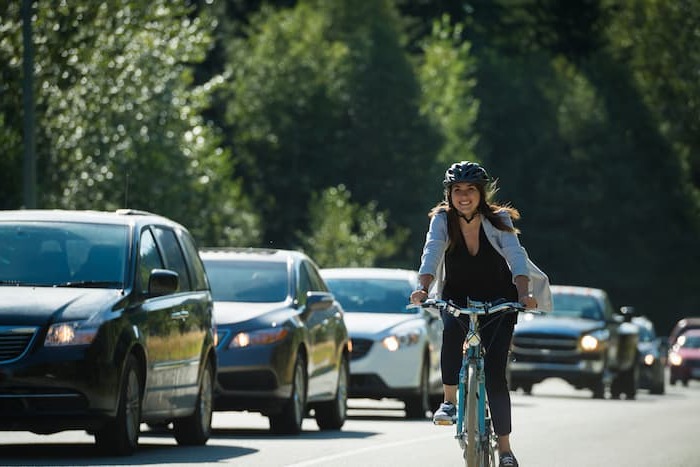
Cyclists are vulnerable and have very little protection, leaving them open to injury while on the road.
As a motorist, you must maintain a minimum distance between your vehicle and cyclists.
A minimum passing distance applies in all Australian states.
There must be at least:
1 metre between your vehicle and a cyclist when the speed limit is 60km/h or less
1.5 metres between your vehicle and a cyclist if the speed limit is more than 60km/h
In Queensland, the minimum passing distance also applies to personal mobility device riders [3]. This should be followed alongside other electric scooter laws.
If you don’t follow this rule then you may receive a fine, penalty or double demerit points, depending on where you live in Australia.
While this law mostly applies to bicycle riders, it can be a great indicator of the distance you should maintain from other non-motorists, such as pedestrians and motorcyclists.
Check For Blind Spots When Turning
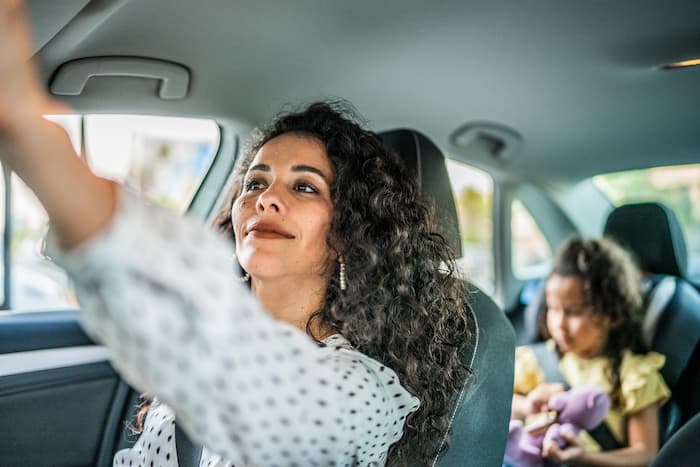
Whether it's bicycle riders, motorcyclists or pedestrians, non-motorists are much smaller than the size of your car and can be positioned in “blind spots” beyond what you’re able to see in your vehicle’s mirrors.
And when you’re turning, you need to complete frequent head checks and use mirrors correctly to eliminate blind spots.
Keep in mind that you should not only check your blind spots while turning but also when you’re changing lanes, merging or diverging and leaving the inside lane of a multi-lane roundabout.
Check Before Opening Your Car Door
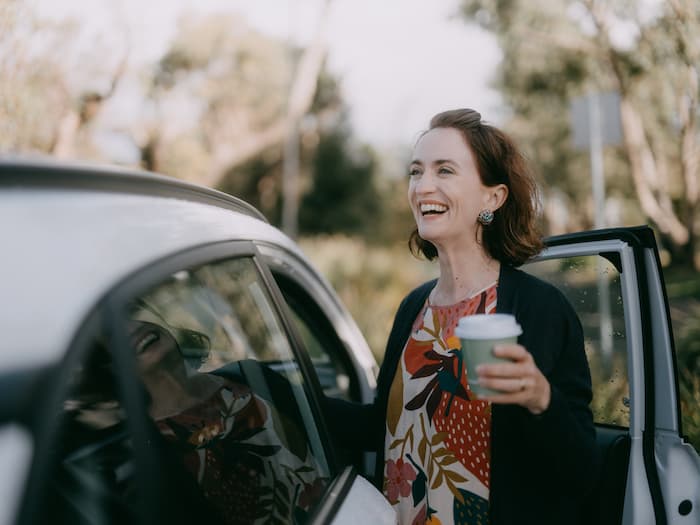
Once you’ve parked your car, you should always check for oncoming pedestrians, motorcyclists and cyclists before opening your car door. This will help to prevent non-motorists from getting struck or running into car doors and/or other vehicles on the road.
The best way for motorcyclists to prevent this from happening is by following the lane filtering rules in their state. And for cyclists, the safer way to travel might be riding in bike lanes or dedicated bike paths.
Keep in mind that all drivers are legally required to give way to cyclists in a cycle lane in all Australian states.
Bike riders are allowed to ride on footpaths in:
Queensland
Tasmania
South Australia
Northern Territory
Western Australia
Australian Capital Territory
All riders must wear an approved bicycle helmet or motorcycle helmet (depending on your vehicle) that meets the latest Australian standards. It’s also recommended that bikers wear other protective clothing such as jackets, pants and boots.
Safely Cross Double Lines
As part of Australia’s road rules, you can cross double lane lines to avoid an obstruction (including passing a bicycle rider), only if you have a clear view of approaching traffic and it’s safe to cross.
In Queensland, this applies to passing bicycle riders and personal mobility device users.[4]
Safely Turn Across Bicycle Lanes and Crossings
Turning Right Across Bicycle Lanes
When turning right in your car, cyclists can come from the opposite direction and straight through the upcoming intersection.
There is a common misconception that non-motorists don't move at the same speed as a car. As a cyclist speeds up, stay alert when turning right and only start turning when there is a substantial gap, as you would with a car.
Turning Left Across Bicycle Lanes
On the other hand, turning left poses a different set of risks.
Cyclists will travel on your vehicle’s left so that they can continue driving straight ahead. In this situation, it is much safer to slow down, check for potential blind spots, and let them pass.
Choosing to speed ahead and cut off a cyclist could lead to a loss of control or a crash.
Driving Through Pedestrian Crossings
It's important to be mindful of Australia’s most vulnerable road users, pedestrians.
Whether you’re turning right or left, make sure to look out for pedestrians who may be about to cross the street at the traffic lights, walking a pet or walking and running on the footpath.
Slow Down and Be Patient With Vulnerable Road Users
Most importantly, it’s recommended that all drivers slow down and remain patient around cyclists, motorcyclists and pedestrians, especially when you're driving close to schools, shopping centres and parks.
